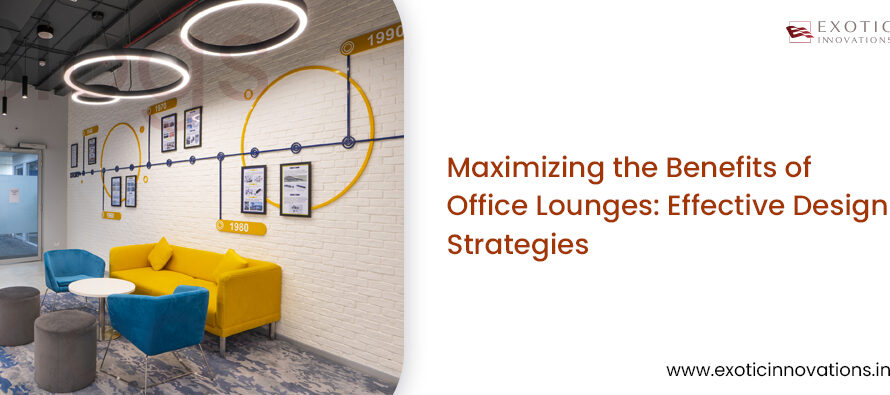Workspaces are often noisy environments, and finding a way to maintain focus and privacy is increasingly challenging. As businesses seek innovative solutions to this problem, white noise has emerged as a powerful tool to help employees maintain concentration and protect their privacy. This blog delves into the nuances of white noise in workspaces, exploring how it’s being used to enhance the modern work environment.
The Science Behind White Noise
White noise is a consistent sound that masks other noises by blending together all audible frequencies. Unlike specific sounds, which can be distracting because of their variability, white noise is steady and unobtrusive. This makes it an effective tool for covering up background sounds that might otherwise disrupt an individual’s focus. The science behind white noise is rooted in its ability to create a uniform auditory backdrop, which helps the brain to filter out other noises. This can lead to improved concentration, reduced stress, and a more productive work environment.
The Need for White Noise in Modern Workspaces
As office designs have evolved, so too have the challenges they present. The shift from private offices to open-plan layouts has brought new dynamics to the workplace. While open offices encourage collaboration and communication, they sometimes, also make it harder for employees to concentrate on individual tasks. The constant chatter, ringing phones, and other ambient noises can lead to a significant drop in productivity. In such environments, white noise serves as a counterbalance. It provides a layer of sound that covers up these distractions, allowing employees to focus on their work without being interrupted by every conversation or noise around them. Great interior design expertise knows how to achieve this balance to bring about both collaboration and the need to have access to white noise in cases of privacy.
Privacy Concerns in the Workplace
In addition to improving focus, white noise plays a crucial role in maintaining privacy within an office. Open-plan offices often lack the physical barriers that traditionally provided a sense of seclusion. This lack of privacy can make employees feel exposed, particularly when dealing with sensitive or confidential information. White noise helps mitigate this issue by making it harder for conversations to be overheard. This not only protects the privacy of those speaking but also creates a more comfortable environment for employees who might otherwise feel uneasy about the lack of confidentiality in an open space.
Enhancing Focus Through White Noise
One of the most compelling benefits of white noise is its ability to enhance focus. In an environment filled with unpredictable noises, the brain is constantly being alerted to new stimuli. This can cause interruptions in thought processes and make it difficult to maintain a deep level of concentration. White noise acts as a buffer against these interruptions by masking the variability in background sounds. With a consistent auditory backdrop, the brain is less likely to be distracted, allowing employees to achieve a state of flow—a mental state in which they are fully immersed and engaged in their tasks.
White Noise and Employee Well-being
Beyond productivity, white noise contributes to overall employee well-being. The stress of constant distractions can take a toll on mental health, leading to increased anxiety and burnout. By creating a more controlled auditory environment, white noise can reduce these stressors. Employees who are able to focus without the constant intrusion of background noise often experience lower levels of stress and greater job satisfaction. This, in turn, can lead to better overall performance and a more positive workplace atmosphere.
Implementing White Noise in the Office
Introducing white noise into the workspace requires careful planning and consideration. The first step is to assess the office’s existing noise levels and determine where white noise would be most beneficial. Typically, white noise systems are installed in areas with high traffic, such as open-plan sections, conference rooms, and communal spaces. These systems can be tailored to the specific needs of the environment, adjusting volume and frequency to create the most effective sound masking.
There are various ways to implement white noise, from standalone machines to integrated sound systems. Standalone machines are portable and can be placed in strategic locations throughout the office. These are particularly useful in smaller offices or for individuals who need personal sound masking at their desks. Integrated sound systems, on the other hand, are more suitable for larger spaces. These systems can be embedded into the ceiling or walls, providing a more uniform distribution of white noise across the workspace.
The Aesthetics of White Noise
While the primary function of white noise is auditory, its implementation also has an aesthetic dimension. Office design is increasingly focused on creating environments that are not only functional but also visually and acoustically pleasing. The integration of white noise systems can be seamlessly incorporated into the design of a space, maintaining the office’s aesthetic appeal while enhancing its acoustic environment. This balance between form and function is essential in creating a workspace that is both productive and enjoyable for employees.
Customizing White Noise for Different Workspaces
No two offices are the same, and neither are their acoustic needs. White noise systems can be customized to suit the specific requirements of different workspaces. For example, a creative agency might benefit from a softer, more ambient level of white noise that encourages a relaxed and collaborative atmosphere. In contrast, a financial services firm might require a more robust sound masking solution to maintain confidentiality and focus in a high-pressure environment.
Customization also extends to the type of white noise used. While traditional white noise is the most common, other variations, such as pink noise or brown noise, can also be effective depending on the office environment. Pink noise, which emphasizes lower frequencies, is often perceived as softer and more natural, making it a good choice for spaces where a gentler sound is preferred. Brown noise, with its even stronger emphasis on low frequencies, can provide a deeper, more calming backdrop, ideal for areas where relaxation is a priority.
The Psychological Impact of White Noise
The psychological impact of white noise should not be underestimated. By masking distracting sounds, white noise helps create a sense of personal space within an open office environment. This can lead to a feeling of autonomy and control over one’s work environment, which is crucial for maintaining motivation and satisfaction at work. Employees who feel they have control over their workspace are more likely to be engaged and productive.
Moreover, the consistent presence of white noise can help establish a routine, signaling to the brain that it’s time to focus. Over time, employees may find that the sound of white noise itself becomes a cue for entering a productive state of mind, much like how some people use music or other rituals to signal the start of a work session.
Challenges and Considerations
Despite its benefits, the use of white noise in workspaces is not without its challenges. Some employees may find white noise distracting or uncomfortable, particularly if the volume is too high or the sound quality is poor. It’s important to ensure that white noise is implemented in a way that enhances, rather than detracts from, the work environment. This may involve testing different levels of white noise and gathering feedback from employees to find the optimal balance.
Another consideration is the potential for white noise to mask important sounds, such as alarms or emergency signals. To address this, white noise systems should be carefully integrated with the office’s safety protocols, ensuring that critical alerts can still be heard clearly when needed.
The Future of White Noise in Workspaces
As the demand for flexible and adaptive work environments continues to grow, the role of white noise in office design is likely to expand. Future developments could include more advanced sound masking technologies that offer even greater customization and control. For example, personal sound bubbles—individualized white noise systems that adjust based on the user’s location and activity—could provide a highly tailored auditory experience.
White noise has emerged as a new-gen method for enhancing focus and privacy in the modern workspace. By masking distracting sounds and creating a consistent auditory environment, white noise helps employees maintain concentration and protect their privacy, even in the most challenging office settings. As businesses continue to seek innovative solutions for improving workplace productivity and well-being, white noise is likely to play an increasingly important role in office design. With thoughtful implementation and customization, white noise can transform a noisy, distracting office into a space where employees can truly thrive.
Liked our blog? Share your opinion in the comments below!



